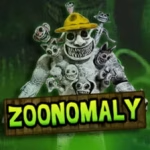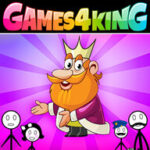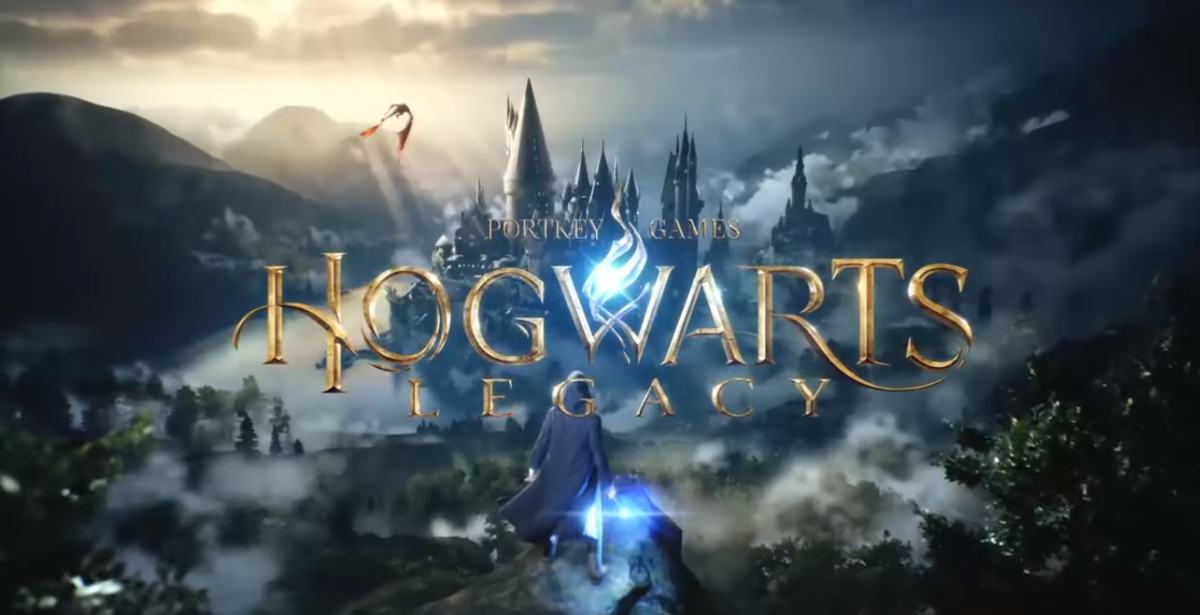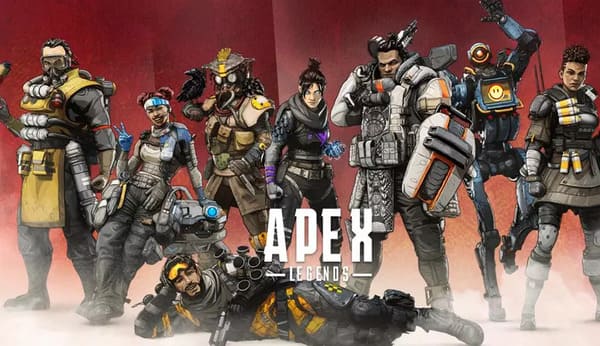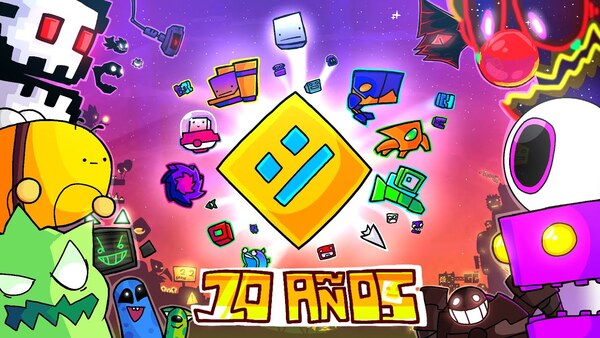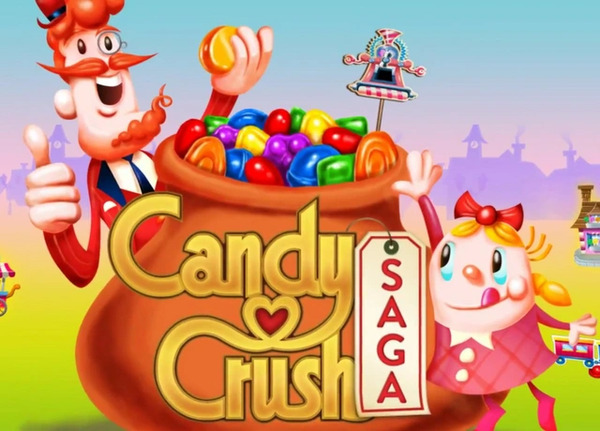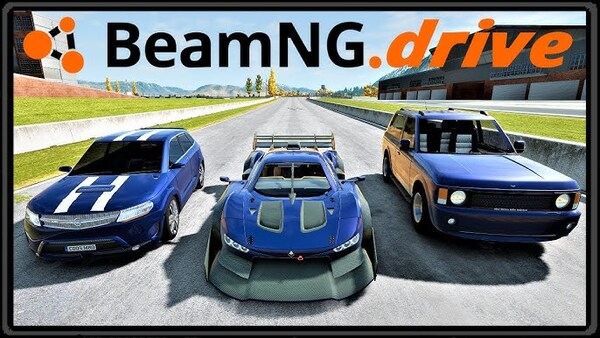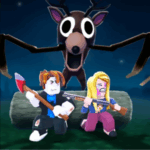Gacha Club: A Deep Dive into the Customization Powerhouse of the Gacha Universe
Meta Description:
Gacha Club is an anime-style character creation and battle game developed by Lunime, offering unparalleled customization, storytelling, and a passionate global community.
Released in June 2020, Gacha Club is the follow-up to the highly popular Gacha Life, developed by Lunime. It quickly became a hit among fans of anime, casual RPGs, and sandbox-style creation tools. With its blend of character customization, mini-games, auto-battle mechanics, and story building features, Gacha Club pushed the boundaries of what a mobile creation game could achieve.
Far from being just another dress-up simulator, Gacha Club is a full-fledged creative platform that lets users design original characters, build detailed scenes, engage in turn-based combat, and develop entire storylines—all within a mobile-friendly interface. The game has cultivated a massive community of storytellers, animators, and role-players who continue to innovate using its extensive toolset.
The Origins of Gacha Club: From Gacha Life to a Creative Evolution
Gacha Club is the spiritual successor to Gacha Life, which built its audience by allowing users to customize anime-style avatars and place them in scenes. While Gacha Life was focused primarily on dress-up and scene creation, it lacked depth in terms of gameplay and stability.
Recognizing the need for improvement, Lunime sought to refine and expand upon the original concept. Gacha Club was designed as a creative suite that not only allowed character design but added combat, mini-games, and gacha collection elements. Released on Android in June 2020 and later on Windows and iOS, the game was met with immediate praise for its feature-rich interface and broader capabilities.
This shift marked a turning point. Gacha Club became a platform not just for expression but for community-driven storytelling, drawing in a new wave of fans and content creators.
Getting Started: First Steps in Gacha Club
New players begin Gacha Club by choosing from a range of default characters or creating their own avatars from scratch. With over 180 units available in the game and countless customization options, the first few hours are often spent exploring clothing, hairstyles, expressions, and accessories.
The UI is user-friendly, even for beginners. Tabs are divided into sections like Body, Presets, Props, Studio, and Battle. Users can save up to 100 custom characters, which allows for endless experimentation. Import/export codes make sharing characters across the community easy.
Whether players want to build a magical girl squad, a dark fantasy villain team, or school-themed slice-of-life characters, Gacha Club provides the tools from the start.
Character Customization: The Heart of the Experience
Character customization is where Gacha Club shines brightest. Players can edit nearly every aspect of a character, including face shape, hair (both front and back), eyes, pupils, nose, mouth, accessories, and even shadows and outlines. Over 600 different poses and a color wheel for every design element give users the power to realize highly specific visions.
This system supports full gender expression, style diversity, and aesthetics ranging from gothic to pastel, traditional to futuristic. The community frequently uses these tools to bring original characters (OCs) or even fan versions of existing anime characters to life.
Backgrounds, pets, effects, and foreground objects round out the options, making every scene feel like a digital storyboard frame.
Studio Mode: Storytelling with Style
Studio Mode is a fan-favorite feature that allows players to place up to 10 characters in a scene and control every aspect—from expressions to poses, backgrounds to dialogue boxes. This is where most content creators bring their stories, memes, and skits to life.
Text customization allows for different fonts, bubble types, and expressions, supporting both serious storytelling and comedic formats. Backgrounds range from bedrooms and castles to sci-fi labs and mystical forests.
Many users upload screenshots from Studio Mode to YouTube, TikTok, or Instagram to create Gacha animations or comics. For aspiring digital storytellers, Studio Mode is essentially a simplified animation engine.
Gacha and Battle System: RPG Meets Casual Gaming
While the focus of Gacha Club is creation and storytelling, it also includes a battle system. Players can build a team of heroes and battle through multiple game modes like Story, Training, Element Tower, and Shadows of Corruption.
The combat system is auto-battle turn-based, meaning players build the team and set them into action rather than control them directly. Each unit has an elemental alignment (Water, Fire, Light, Shadow, etc.) and unique abilities. Team synergy and leveling are important for progress.
The gacha system used to obtain new units is currency-based and does not include microtransactions. All content can be unlocked via in-game gems and gold, removing the pay-to-win concerns often found in mobile RPGs.
Mini-Games and Grinding: Casual Content That Pays Off
To support the gacha and leveling systems, Gacha Club includes several mini-games such as Lemo & Yuni Dance!, Usagi vs Lemo, Mascot Whack, and Memory Match. These offer fun diversions and allow players to earn gems and resources.
Unlike many grind-heavy games, Gacha Club’s mini-games are relatively low-pressure. Players can earn resources steadily without needing to invest dozens of hours or spend money. The balance between play and reward makes Gacha Club more accessible to younger audiences or casual players.
Mini-games are also a creative way to break up the experience between scene building and combat, adding variety to the gameplay loop.
No Ads, No Microtransactions: A Rare Mobile Ethic
One of Gacha Club’s most notable features is its lack of ads and in-app purchases. It’s completely free to play. Players earn everything through gameplay. There are no banner ads, no paywalls, and no “premium” tiers.
This design philosophy stands in stark contrast to much of the mobile gaming landscape. It’s especially notable considering how robust and content-rich the game is. By avoiding monetization traps, Lunime has built trust with its audience, particularly parents and younger players.
The commitment to a truly free experience contributes significantly to the game’s enduring popularity.
The Gacha Community: YouTube, TikTok, and Beyond
Gacha Club has birthed one of the most active creative communities online. The game’s character codes, memes, skits, and animations are shared widely across TikTok, YouTube, and Instagram. Many creators have millions of followers based solely on Gacha content.
Gacha trends, like “OC Challenges,” “Mini Movies,” or “Gacha Reacts,” dominate platforms and inspire collaborative storytelling. Tutorials on creating animated Gacha videos, writing scripts, or adding effects using apps like CapCut or KineMaster are plentiful.
Gacha Club is more than a game—it’s a creative culture. Its influence on digital youth expression is comparable to Minecraft or Roblox, though more focused on visual storytelling and emotional themes.
Controversy and Content Moderation: Navigating Creative Freedom
Despite its positive community, Gacha Club has also faced challenges around inappropriate content and copycat clones. Due to its open-ended creative nature, some users have uploaded suggestive or violent scenes, raising concerns among parents and educators.
Lunime has implemented moderation policies and actively removes harmful content when discovered. The official versions of the game are ad-free and safe, but unofficial apps or edited versions ("Gacha Mods") can contain unregulated content.
The community often steps in to self-moderate, reporting harmful videos or accounts and promoting positive content creation. Still, it remains a delicate balance between creative freedom and community responsibility.
Gacha Club in Education and Storytelling Tools
Surprisingly, some educators and therapists have adopted Gacha Club as a storytelling or emotion-exploration tool. Its visual clarity, simplicity, and narrative potential make it suitable for assignments like “Create Your Own Character,” “Visual Diary,” or “Build a Conflict Resolution.”
In classrooms and social work contexts, Gacha Club is used to help young people express thoughts or recreate experiences in a safe, symbolic way. It allows for the depiction of relationships, emotional arcs, or social situations through characters and settings.
This educational potential adds depth to its value, showing how it can be more than just a fun game—it’s a sandbox for communication.
Conclusion
Gacha Club is a remarkable example of how a free mobile app can empower creativity, storytelling, and community without relying on monetization. With its powerful customization tools, safe environment, and loyal fan base, it stands out as a platform where imagination takes center stage.





